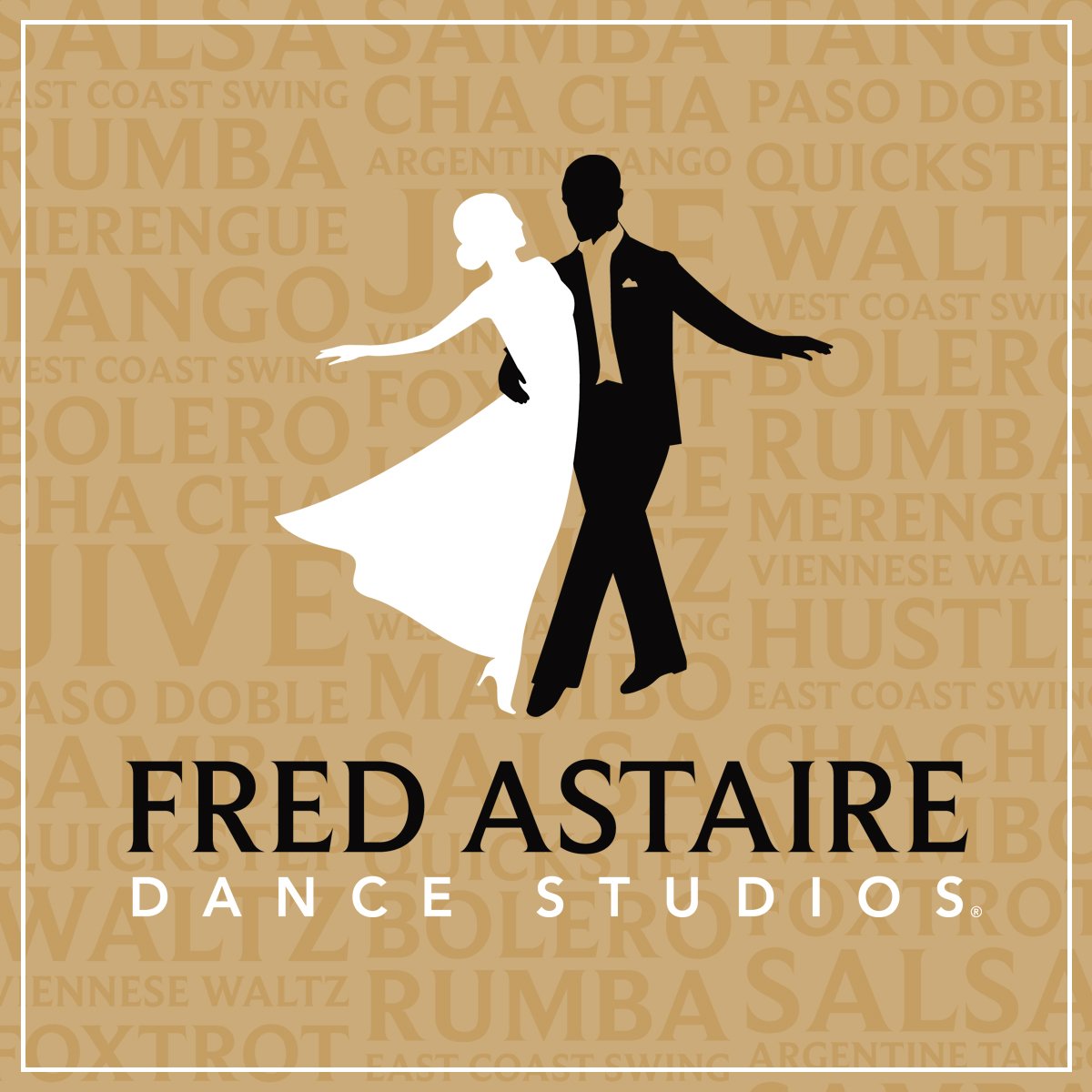
What is Ballroom dance?
Ballroom dance is a set of partner dances, which are enjoyed both socially and competitively around the world. Because of its performance and entertainment aspects, ballroom dance is also widely enjoyed on stage, film, and television.
Ballroom dance may refer, at its widest definition, to almost any recreational dance with a partner. However, with the emergence of dance competition (now known as Dancesport), two principal schools have emerged and the term is used more narrowly to refer to the dances recognized by those schools.
Definitions and history
The term 'ballroom dancing' is derived from the word ball which in turn originates from the Latin word ballare which means 'to dance' (a ball-room being a large room specially designed for such dances). In times past, ballroom dancing was social dancing for the privileged, leaving folk dancing for the lower classes. These boundaries have since become blurred. The definition of ballroom dance also depends on the era: balls have featured popular dances of the day such as the Minuet, Quadrille, Polonaise, Polka, Mazurka, and others, which are now considered to be historical dances.
Elements of competition
In competitive ballroom, dancers are judged by diverse criteria such as poise, the hold or frame, posture, musicality and expression, timing, body alignment and shape, floor craft, foot and leg action, and presentation. Judging in a performance-oriented sport is inevitably subjective in nature, and controversy and complaints by competitors over judging placements are not uncommon. The scorekeepers—called scrutineers—will tally the total number recalls accumulated by each couple through each round until the finals when the Skating system is used to place each couple by ordinals, typically 1–6, though the number of couples in the final may vary. Sometimes, up to 8 couples may be present on the floor during the finals.
Competitors dance at different levels based on their ability and experience. The levels are split into two categories, syllabus and open. The syllabus levels are newcomer/pre-bronze, bronze, silver, and gold—with gold the highest syllabus level and newcomer the lowest. In these levels, moves are restricted to those written in a syllabus, and illegal moves can lead to disqualification. Each level, bronze, silver, and gold, has different moves on their syllabus, increasing in difficulty. There are three levels in the open category; novice, pre-champ, and champ in increasing order of skill. At those levels, dancers no longer have restrictions on their moves, so complex routines are more common.
Source: Wikipedia
